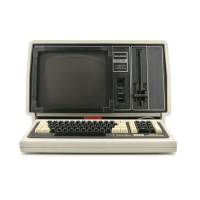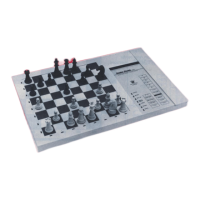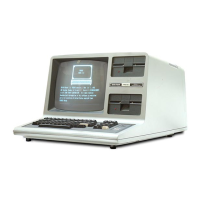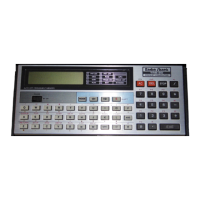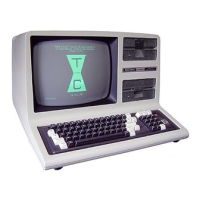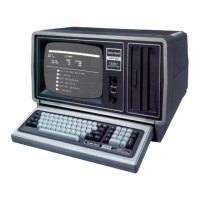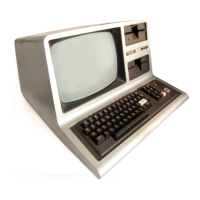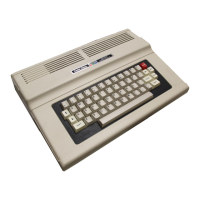chematics
BASIC I ROMs
Since
the
TRS-80
went
into
production,
there
have been
three
major
PCB
changes. These
changes reflect
different
vendor's
responses
to
system requirements
as
it pertains
to
the
ROM
(Read Only Memory).
In
the
manufacturing
process, certain vendors were able
to
supply
ROMs
to
the
factory
at
different
times.
Thus
there
are
three
major
types
of
ROMs.
There
have
been slight
PCB
Modifications
as
each
ROM
was
used.
Intel EPROMs
The
first mass-produced
ROM
type
was
the
Intel
2616
EPROM (Erasable, Programmable, Read
Only Memory). An Intel
ROM
may be identified
by
part
number,
the
Intel
trademark
and
the
white
painted
crystal window.
There
are
two
Board versions
that
use
the
Intel ROM.
The
first Board version
may
be identified by
the
"A"
right
after
the
part
number
on
the
etched
side.
For
example, a Board
marked
"TRS-80
1700069A"
is
a version
"A"
Board. It
may
also
be identified by
major
wire modifications
in
two
areas. With
the
PCB
upside
down
and
the
DI
N
plugs facing away from
you,
an
"A"
Board has
several wires
on
the
right side between
you
and
the
DIN plugs. It also has wiring
to
the
left
of
the
ROMs, closest
to
the
CPU (Central Process-
ing Unit,
the
2-80),
The
modifications
on
the
right side are
connections
in
the
Video, Hori-
zontal
and
Vertical
Sync
generation areas.
The
wire modifications
to
the
left are changes
in
the
Board
to
use
the
Intel EPROMs. Whenever a
Board uses
the
Intel EPROM set,
there
will
alwa~
be
some
added
circuitry
associated with
the
CS
(read
"not
chip select") pins
for
each
device. Th
is
added
ci rcu itry uses spare gates
on
the
CPU Board. Figure 23 shows
the
circuitry
differences.
100
The
second
Board level
that
used Intel EPROMs
was
the
"0"
version (which may be identified
by
the
letter
"0"
after
the
part
number).
For
example. a Board
marked
"TRS-80
17000690"
is
a
version
"0"
Board.
It
may
also
be
identified
by
major
wire modifications in
one
area. These
wire modifications also utilize
the
spare gates
on
the
Board
for
proper
CS action.
The
wiring
changes
for
this Board version are
the
same
as
for
an
"A"
version Board
(except
some
of
the
wiring needed
on
the
"A"
Board
is
not
used
on
the
"D"
version because
of
etch
pattern
changes).
Since
both
the"
A"
and
"0"
version Boards use
the
Intel EPROM,
you
should
note
that
each
EPROM
contains
lettering
that
identifies
"ROM
A"
or
"ROM B".
ROM A
must
be
in
Z33's
socket;
ROM B
must
be
in
Z34's
socket.
No exceptions!
Also,
you
should
note
that
both
Board versions
have
etch
cuts.
The
"A"
Board has
many
visible
etch
cuts
while
the
"D"
has
only
a few. Do
not
try
to
"correct"
these
cuts.
The
Board will
not
operate
without
them.

